Ultimate Guide to Selecting the Right Industrial Valves for Your Applications
Industrial valves play a critical role in various manufacturing and processing applications, serving as the gatekeepers that control the flow of fluids and gases. According to a report by MarketsandMarkets, the global industrial valve market is projected to reach $85.3 billion by 2025, driven by the rapid growth of industries such as oil and gas, water and wastewater treatment, and power generation. As these sectors evolve, the demand for efficient and reliable valve solutions becomes paramount. However, selecting the right industrial valves for specific applications involves numerous factors, including the type of fluid, pressure and temperature conditions, and regulatory compliance. This ultimate guide aims to provide insights and practical tips on how to navigate the complexities of valve selection to optimize performance and ensure safety across your industrial processes.
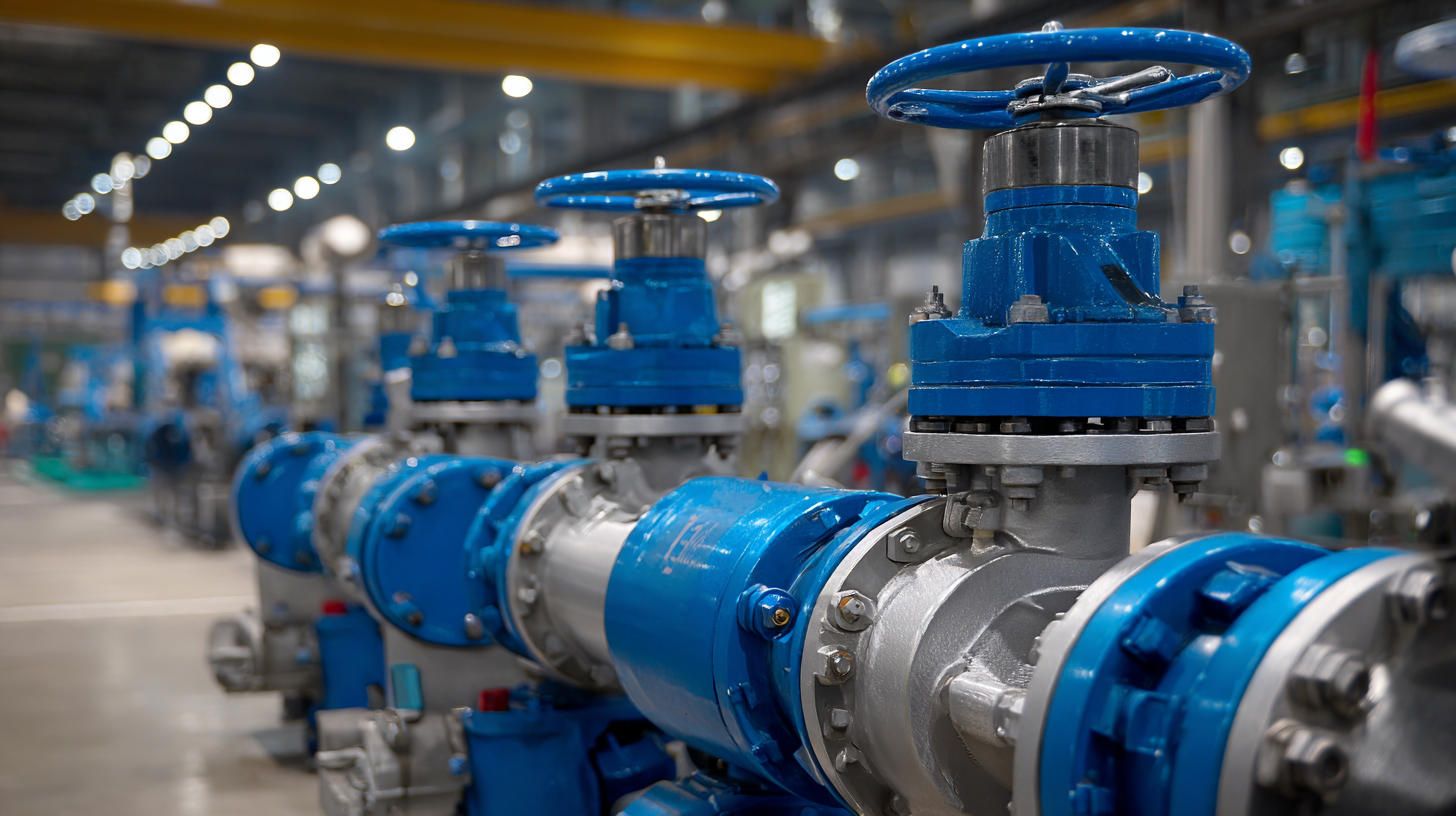
Key Considerations When Choosing Industrial Valves for Your Specific Needs
When selecting the right industrial valves for your specific applications, it's imperative to consider various key factors that can significantly impact performance and reliability. One crucial aspect is understanding the operational environment. Assessing the type of media flowing through the valves—be it water, gas, or corrosive substances—will guide your choice in materials and designs suited to withstand specific conditions.
Tip: Always opt for valves made from materials compatible with the fluids they will control, as this can prevent premature wear and ensure longevity. Additionally, reviewing trends in valve technology is essential. As industries evolve with a push towards sustainability, innovations, particularly in hydrogen valves and carbon capture technologies, are becoming imperative for future-proofing your operations.
Another vital consideration is the application requirements, which can vary widely across sectors. For instance, proportional valves are emerging as a vital solution for applications demanding higher precision and connectivity.
Tip: Evaluate the specifications of valves, including their response times and control capabilities, to ensure they meet the demands of modern industrial processes. Keeping abreast of market trends and potential growth areas can also guide informed decision-making during the selection process.
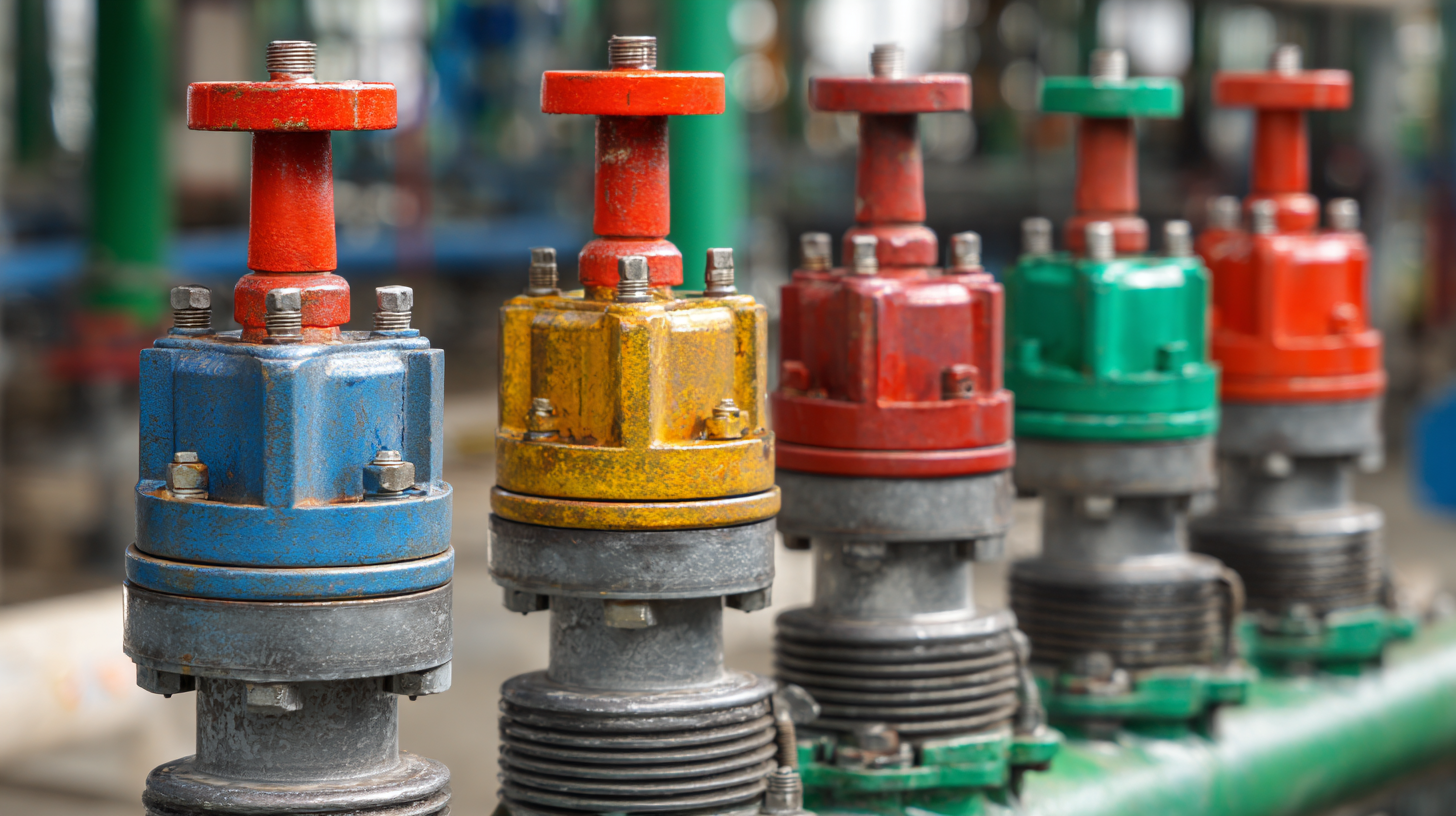
A Comprehensive Overview of Different Types of Industrial Valves
When selecting industrial valves for specific applications, understanding the various types available is crucial. The global market for double block and bleed (DBB) valves is projected to reach $450 million by 2024 and grow to $5.9 billion by 2033, reflecting a compound annual growth rate (CAGR) of 3%. DBB valves are essential components in fluid control systems, especially in industries that require high levels of safety and reliability.
Additionally, the expanding plug valve market is anticipated to be valued at $1.16 billion in 2024, with an expected rise to $1.3 billion by 2032, maintaining a similar CAGR of 3%. These valves operate through a quarter-turn rotation of a cylindrical or conical "plug," making them ideal for quick shut-off applications. The semiconductor valve market also exhibits significant growth, predicted to increase from $2.59 billion in 2024 to $5.56 billion by 2033, showcasing a robust CAGR of approximately 8.86%. This trend indicates a growing need for specialized valves in sectors that demand precision control and efficiency.
Understanding these market dynamics and the diverse types of industrial valves available is vital for making informed decisions in various applications, ensuring that the right valve is selected to meet operational demands.
Types of Industrial Valves and Their Applications
This chart represents the distribution of different types of industrial valves based on their typical applications. It highlights the most commonly used valves in the industry, showcasing their significance in various operations.
Top 5 Industries That Require Specialized Valve Solutions
In the landscape of industrial applications, certain industries have distinct requirements for specialized valve solutions. The global industrial valves market is projected to grow from USD 86.67 billion in 2025 to USD 131.6 billion by 2033, with a compound annual growth rate (CAGR) of 6%. Such growth underscores the increasing demand for tailored valve solutions across various sectors.
First, the oil and gas industry necessitates robust valves capable of withstanding extreme pressures and corrosive environments. As the sector continues to evolve with digital innovations, the integration of smart valve technologies is becoming crucial for operational efficiency. Second, the chemical processing industry demands high-performance valves for handling aggressive fluids and maintaining safety and compliance in complex systems. Lastly, the water and wastewater treatment sector relies on durable and reliable valves to ensure effective flow control and prevention of leaks, which are essential for maintaining environmental standards.
Additionally, as manufacturers focus on enhancing their digital infrastructure, the field of industrial valves is seeing significant advancements. Innovations, particularly in sealing solutions, are instrumental in meeting stringent industry standards and addressing the increasing complexities associated with modern applications. Such enhancements not only drive efficiency but also play a pivotal role in addressing current skills gaps within the manufacturing workforce.
Best Practices for Maintaining and Inspecting Industrial Valves
When it comes to maintaining and inspecting industrial valves, the integration of technology plays a pivotal role in achieving optimal performance and safety. As industries evolve and incorporate advanced technologies, regular maintenance practices must adapt to ensure that valves operate efficiently and reliably. Inspecting valves involves not just visual checks but also the use of diagnostic tools, such as sensors and analytics, to monitor their condition and performance continuously. This proactive approach helps identify potential issues before they escalate into serious failures, thereby minimizing downtime and operational costs.
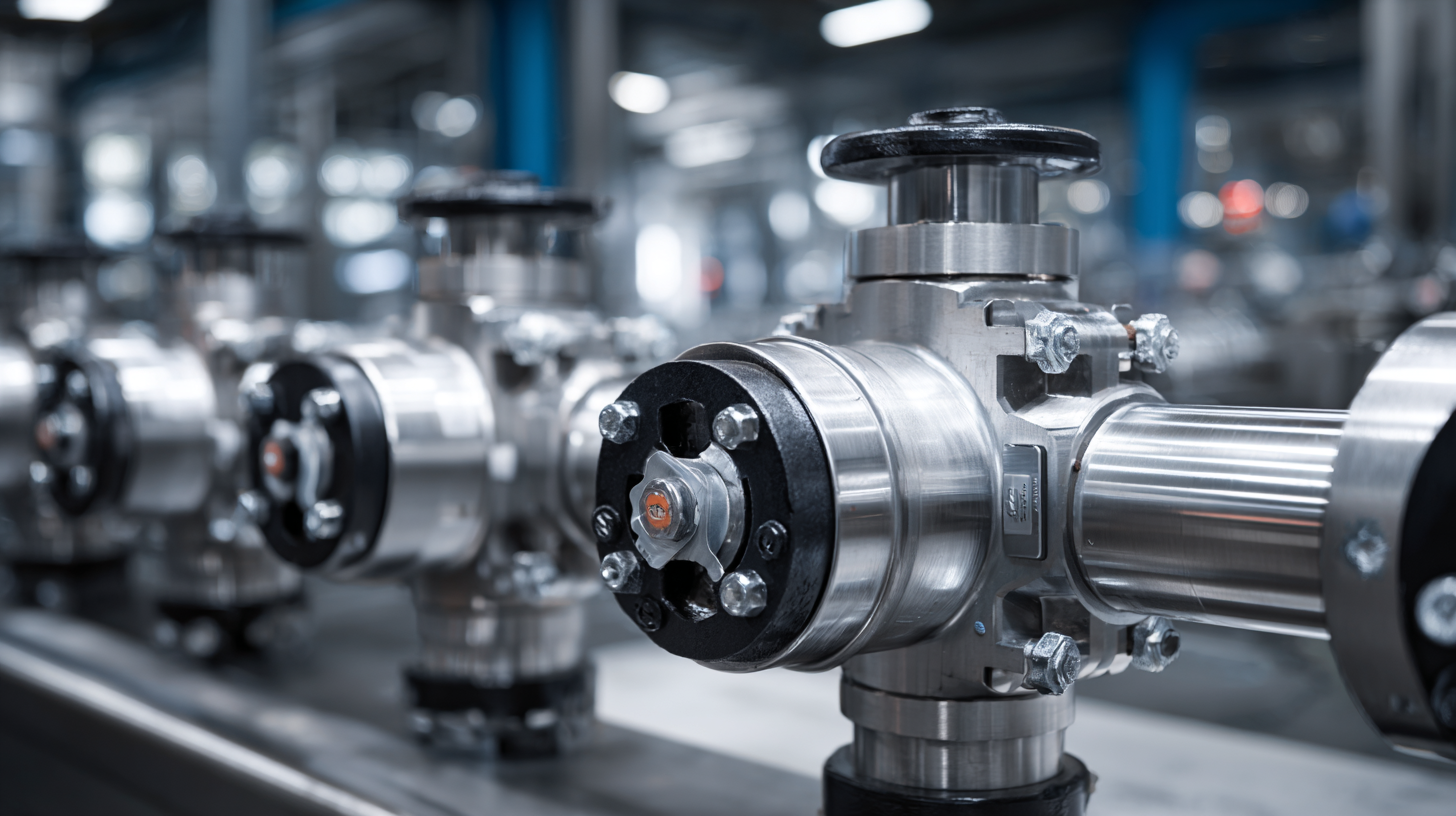
Furthermore, understanding the critical nature of industrial valves in various applications can significantly influence maintenance strategies. For instance, in high-stakes environments like nuclear power plants, rigorous inspection protocols are essential. These protocols ensure that all components, including valves, meet safety and operational standards. Companies must implement comprehensive training programs for personnel to recognize signs of wear and correctly utilize inspection technologies. By fostering a culture of safety and innovation, industries can enhance the longevity and reliability of their valves, ultimately leading to more efficient fluid control systems across diverse sectors.
How to Evaluate Valve Performance for Optimal Efficiency and Safety
When it comes to selecting industrial valves, evaluating valve performance is crucial for ensuring optimal efficiency and safety in your applications.
To assess a valve's performance effectively, start by examining its flow characteristics.
Understanding how the valve responds under different pressure and temperature conditions can reveal its suitability for specific operational needs.
Look for valves that provide consistent and predictable flow, as fluctuations can lead to inefficiencies and potential safety hazards.
Another important factor to consider is the materials used in valve construction.
The right materials not only enhance the durability of the valve but also its resistance to corrosion and wear.
By selecting materials that are compatible with the fluids they will be controlling, you ensure a longer lifespan and reduced maintenance costs.
It's also essential to review the manufacturer's specifications regarding pressure ratings and leakage criteria,
which can have significant implications for safety and performance in critical applications.
Related Posts
-
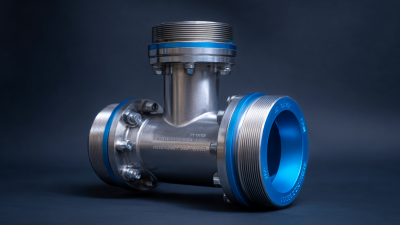
Unmatched Excellence in PTFE Lined Check Valves: Crafted in China, Delivered Worldwide
-

Understanding the Functionality of Ball Check Valves in Fluid Control Systems
-

5 Essential Tips for Choosing the Right Lined Valves for Your Industrial Needs
-

Ultimate Checklist for Choosing the Right PTFE Valve for Your Industrial Needs
-
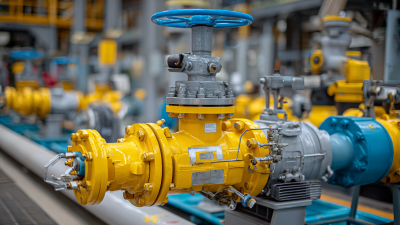
Understanding Industry Standards for the Best Actuator Valve and How to Choose the Right One
-

Mastering Ball Valve Selection: A Comprehensive Tutorial for Optimal Flow Control in Industrial Applications
